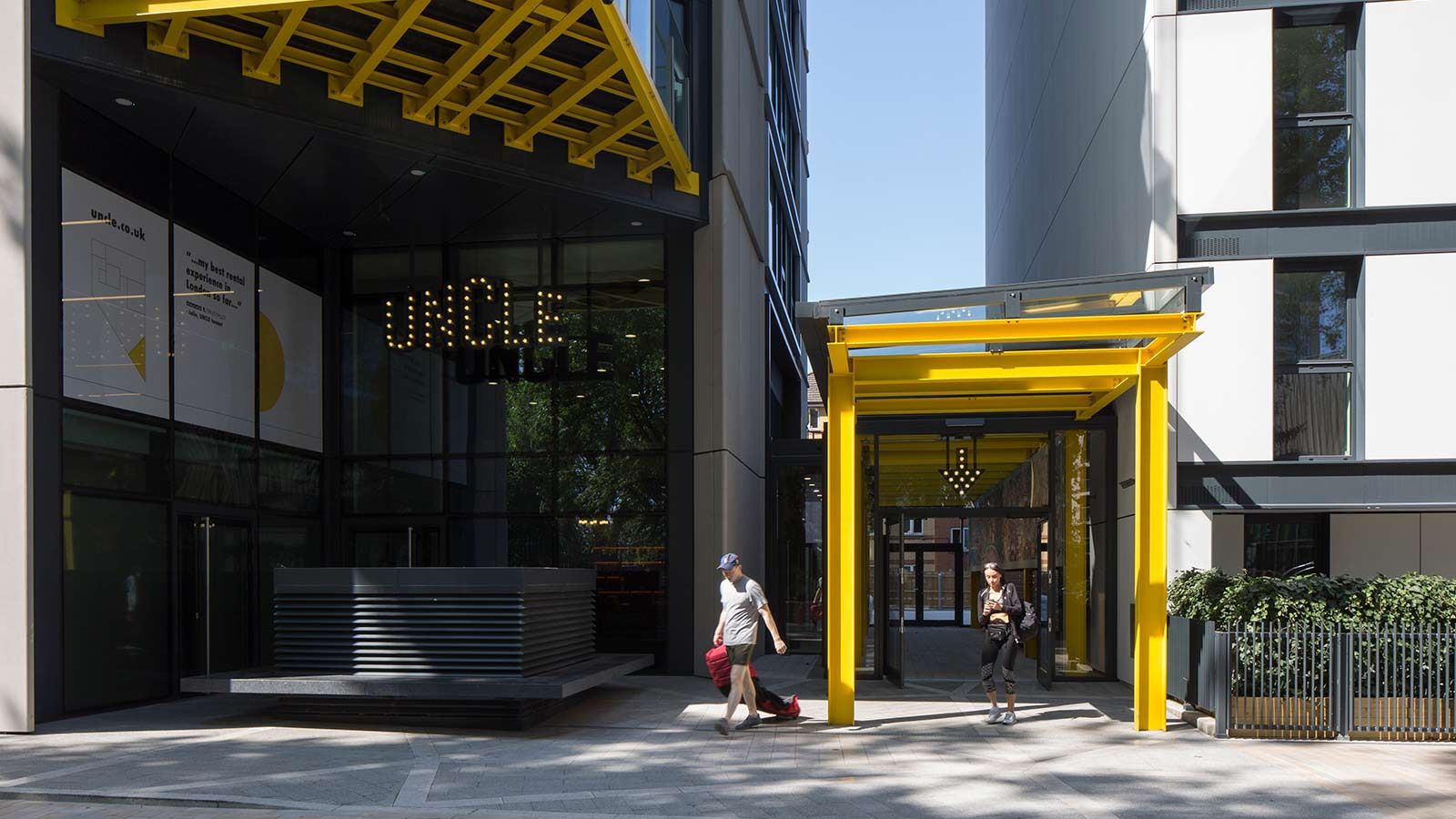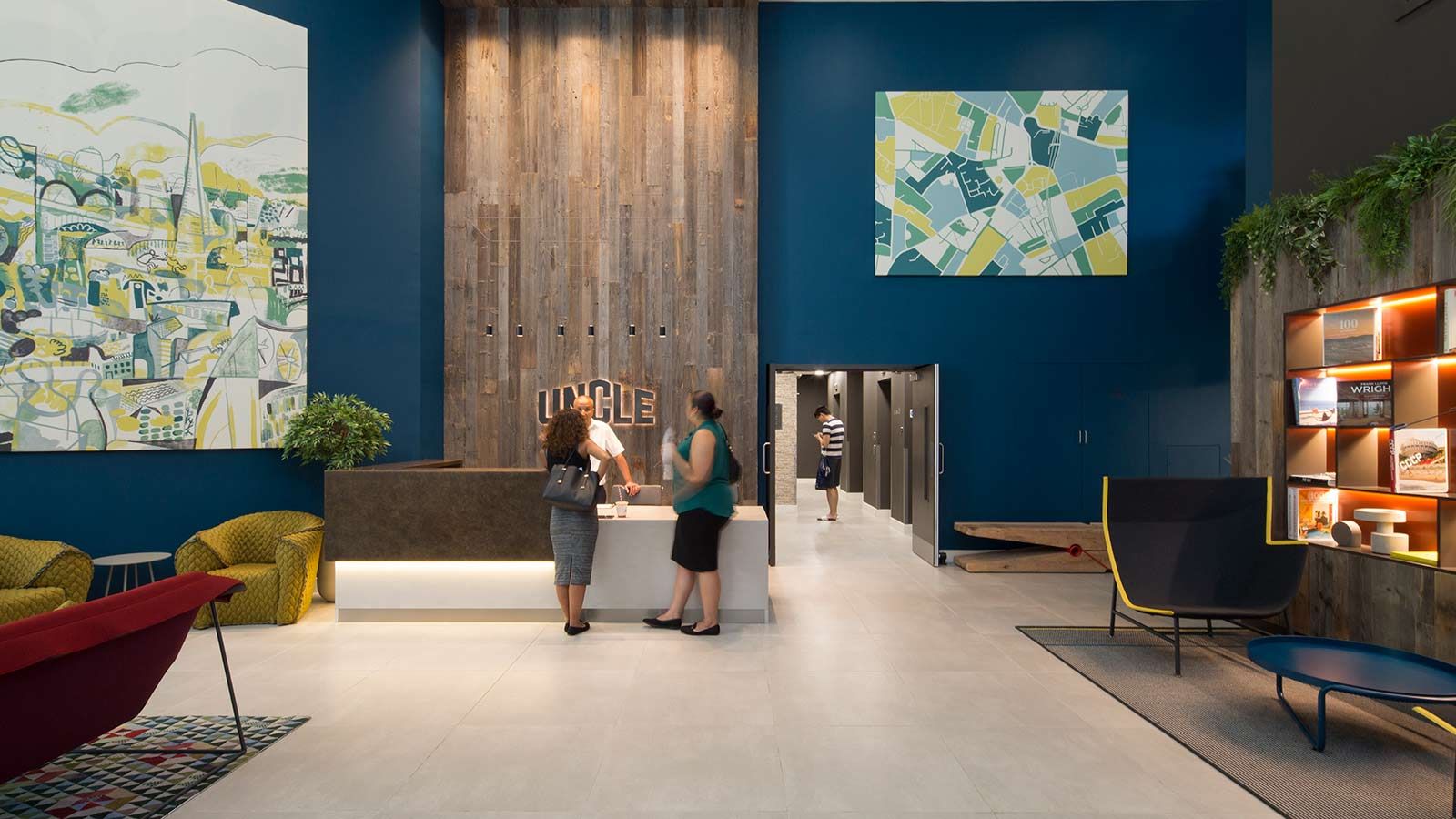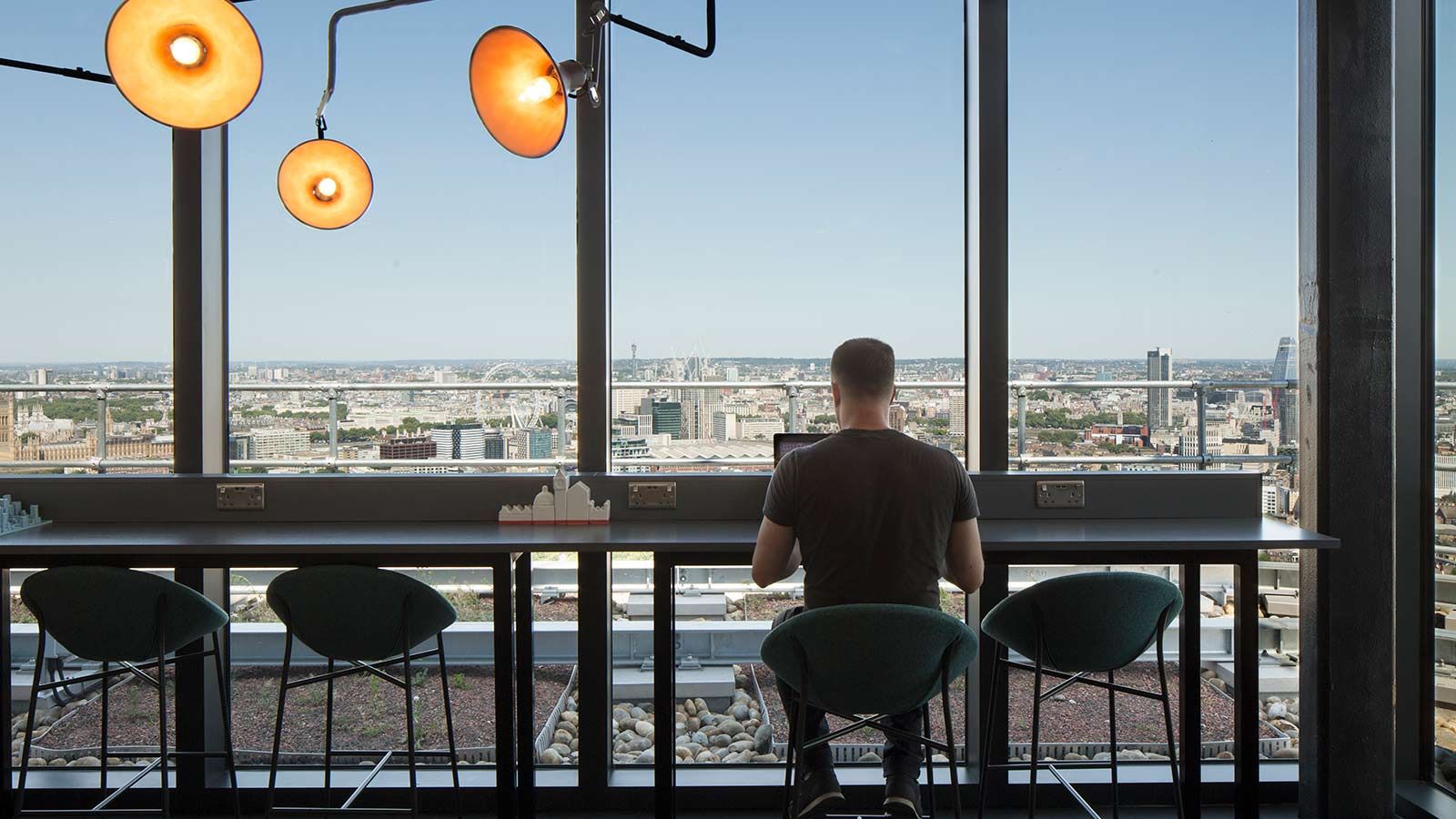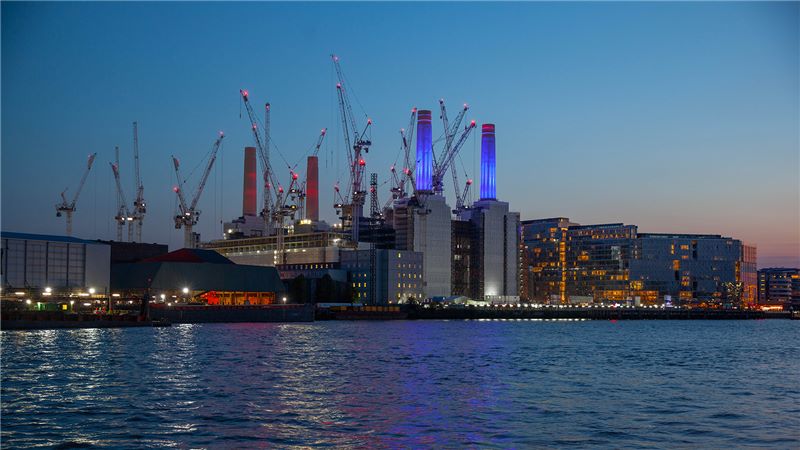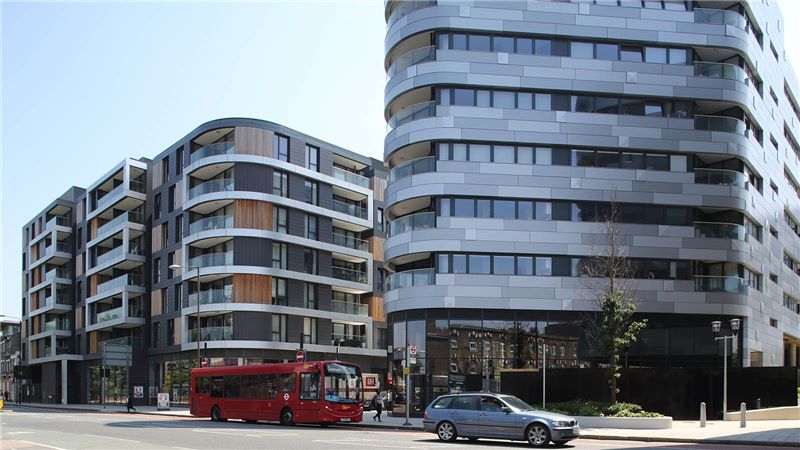Right on point - a new response to rental demand
Award winning development for the private rented sector sets the benchmark for future schemes in partnership with public landowners.
Highpoint Project summary
Client
Newington Butts Developments Ltd
Project value
£107m
Key partners
Peabody Trust and Realstar
Services provided
Construct, Construction management, Contracting
Sectors
Locations
UK and Europe, UK - London and south-east England
Project timeline
- Start date
- January 2015
- Completion date
- December 2017
Project story
With demand for rental properties in London increasing, this development, which forms part of a regeneration project in south east London, has offered opportunities to the housing market that could set the scene for future city living.
Working with the Greater London Authority (GLA) as the development manager, and design and build contractor, we created the largest private rented sector development on government land. Our aim was to produce a mix of affordable housing and long-term private rental accommodation.
Investment was the key to the success of the project. After it had been stalled for a few years, we reignited the development and got it back on track by investing our own equity. We then worked with the Peabody Trust, a major housing association, to secure a deal for affordable rented and shared ownership properties.
A partnership with Realstar, a real-estate investment and management company, completed an early landmark deal for the development, setting a precedent for international long-term investment into the UK’s housing market.
Rental contracts with Realstar, as opposed to individual investors, have offered residents long-term stability and professional support.
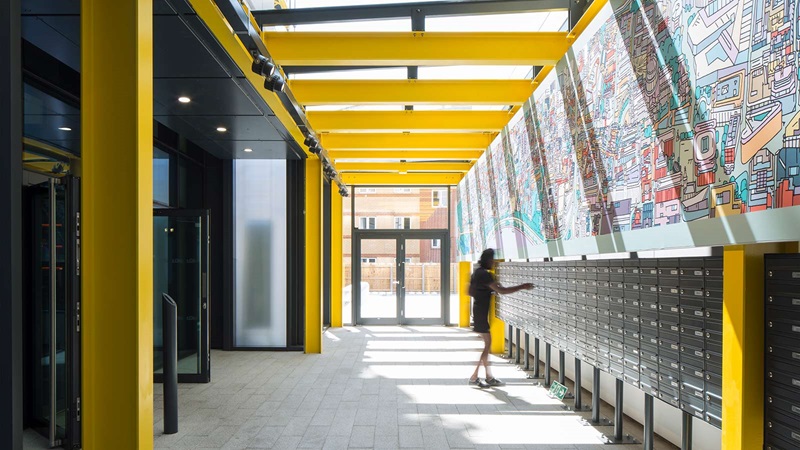
Project stats
Image Gallery
“Mace is committed to helping shape sustainable cities through smarter infrastructure and better buildings. This fantastic development has helped deliver the Mayor’s vision for future living in London, a completely new type of rental offer in the London market, and we are proud to have played our part.”









